Some cars age. Others just get meaner with time. While plenty of classic muscle cars are parked under covers or paraded around at Sunday shows, a few still know how to flex on modern traffic. These machines weren’t built for quiet drives or subtle exits—they were made to own the street, and decades later, they still do.
We’re not talking about museum pieces. These are the cars you still see lighting up tires, shaking garage doors, and pulling sideways out of gas stations. They’ve got the power, the presence, and the hardware to stay relevant in a world of turbo fours and silent EVs. Let’s take a look at ten muscle legends that haven’t lost a step.
1970 Chevrolet Chevelle SS 454

The 1970 Chevelle SS 454 still turns heads with that LS6 V8 under the hood pushing out 450 horsepower and 500 lb-ft of torque. That was serious power back then—and honestly, still is now. Paired with a Muncie 4-speed manual and heavy-duty suspension, it handled the street like it had something to prove.
Inside, it’s all business with just enough comfort—bucket seats, a horseshoe shifter, and clean, analog gauges. The cowl induction hood isn’t just for looks either. The Chevelle had enough torque to rip through stoplights and enough presence to get respect at every red light.
1969 Dodge Charger R/T
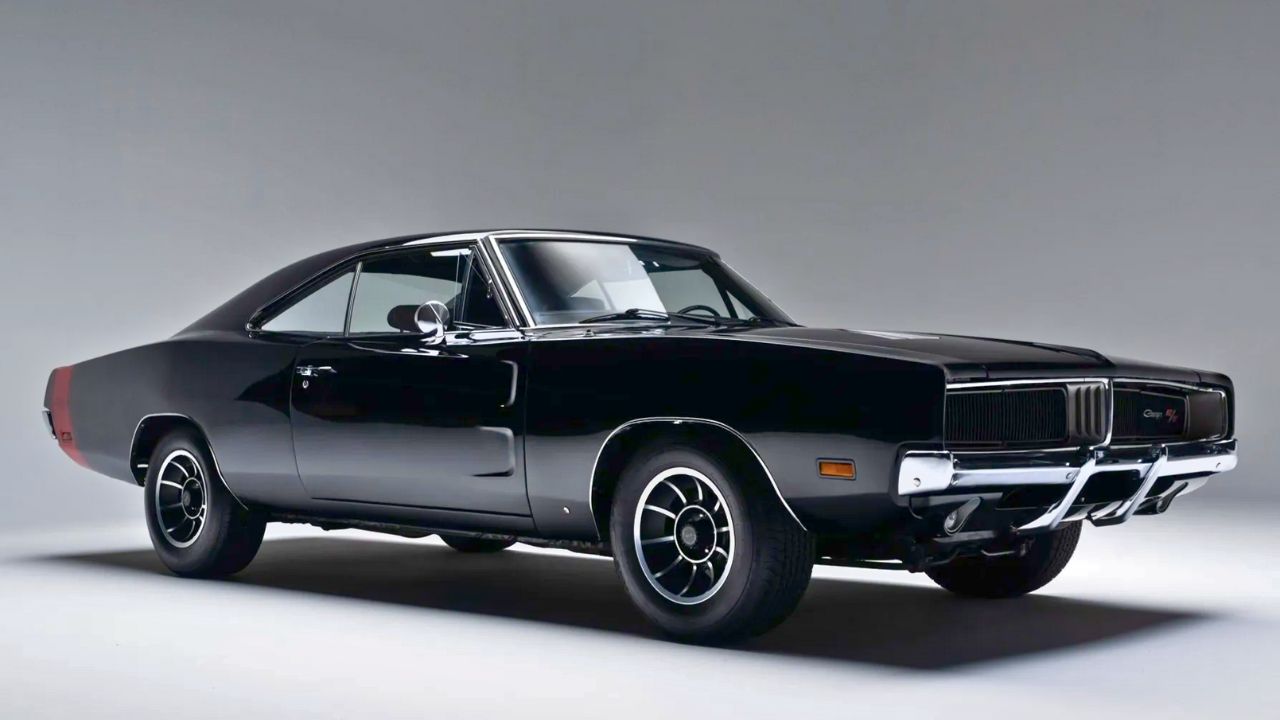
There’s something about the ’69 Charger R/T that still feels aggressive today. Powered by a 440 Magnum V8 or the optional 426 HEMI, this thing had serious punch. It came with Chrysler’s TorqueFlite 3-speed automatic or a 4-speed manual, plus torsion bar front suspension and leaf springs in the rear to keep it planted.
The long, fastback design paired with hideaway headlights and a wide stance gives it that unmistakable muscle car silhouette. Inside, it was roomy, with a driver-focused dash and optional wood trim that added a bit of class to the brute force.
1971 Plymouth GTX
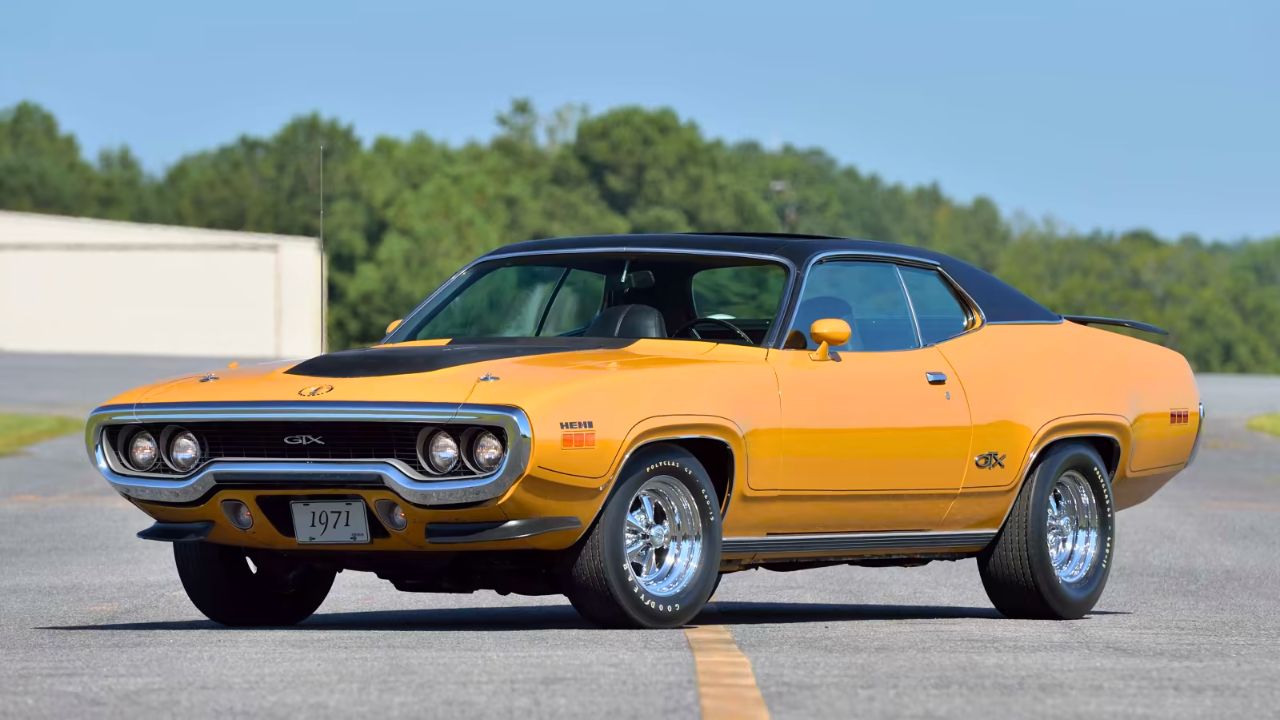
The 1971 Plymouth GTX came into its own with curves that were less boxy and more purposeful. Underneath, the standard 440 V8 delivered 370 horsepower, and if you checked the box for the 426 HEMI, you were getting one of the most feared engines on the street.
It rode on heavy-duty suspension, came with power front disc brakes, and had a refined cabin for the time—bucket seats, Rallye instruments, and thick carpeting. The GTX wasn’t just fast in a straight line; it was surprisingly composed when pushed on winding roads.
1970 Buick GSX
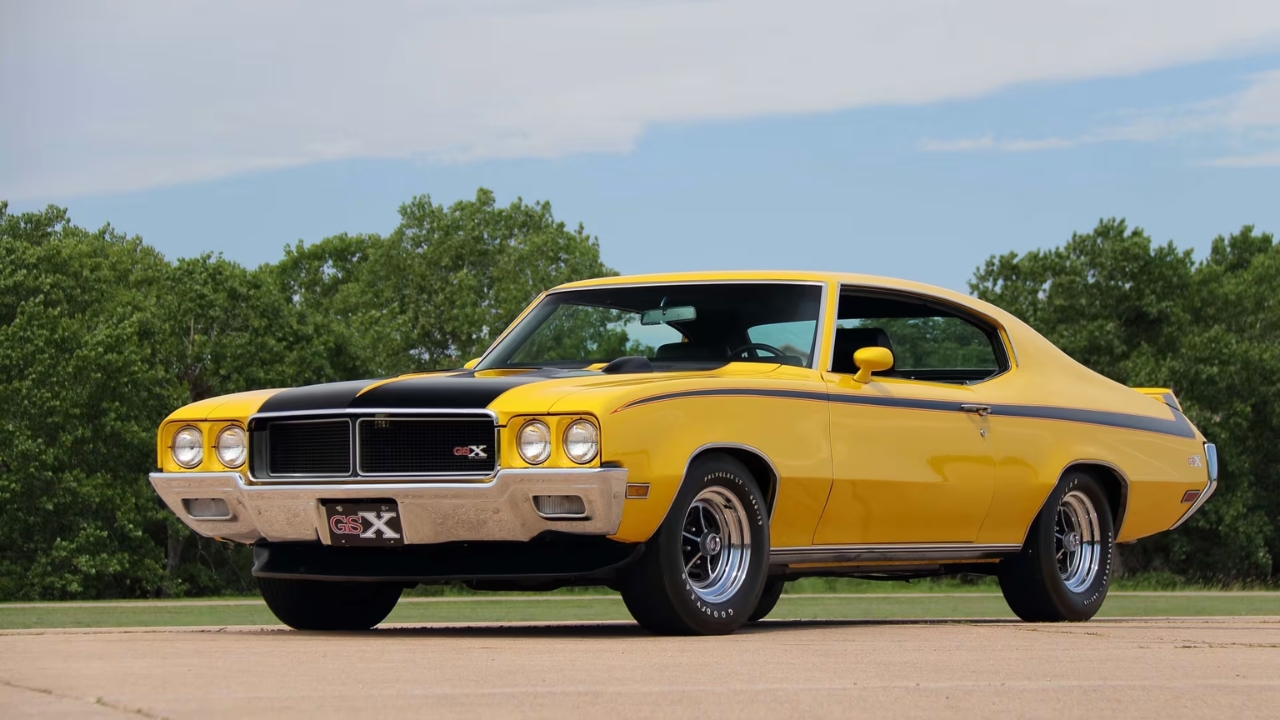
The GSX flew under the radar for a lot of people, but not because it lacked performance. The Stage 1 455 engine made a rated 360 horsepower, but everyone knew it was pushing well beyond that in reality. With 510 lb-ft of torque, it was a tire-shredder in disguise.
Buick gave it a performance suspension with front and rear stabilizer bars and tighter steering. Inside, it was more upscale than most muscle cars—plush seats, tilt wheel, and wood grain touches gave it a dual personality: street brawler with a bit of class.
1969 Pontiac GTO Judge
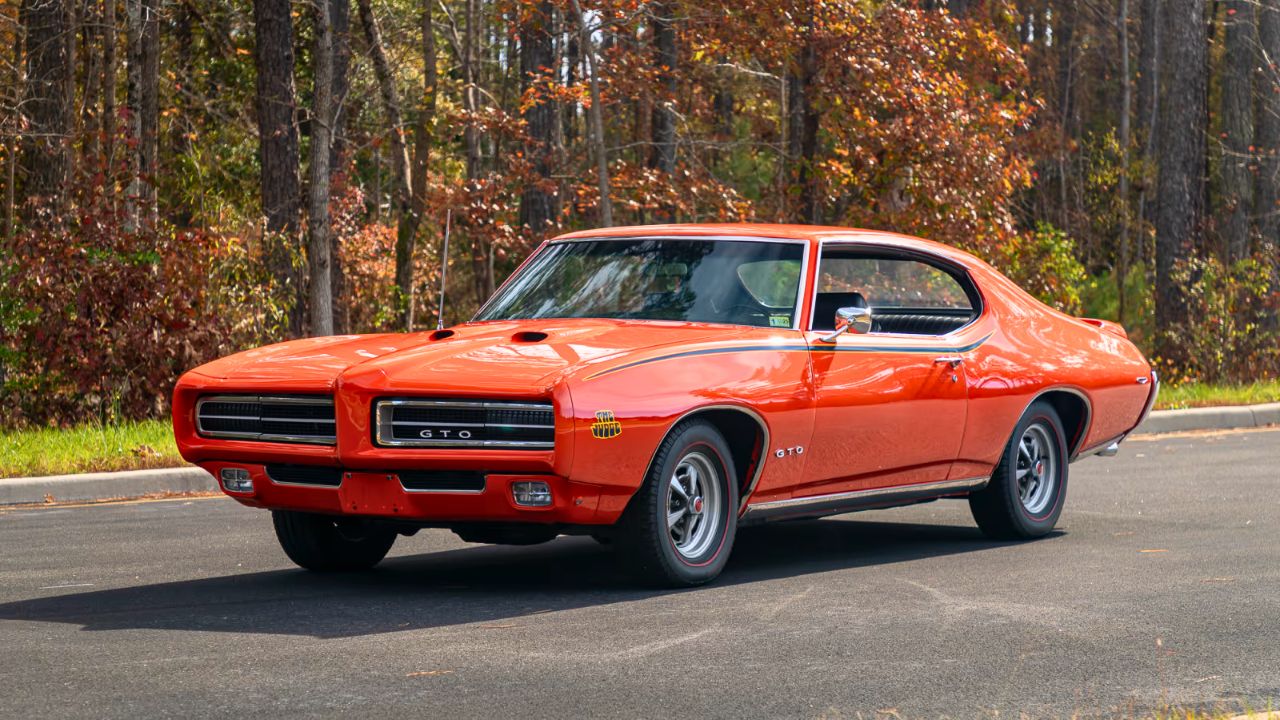
The GTO Judge came loud and proud with its Ram Air III V8 making 366 horsepower, or the optional Ram Air IV that pushed it to 370. Its rear suspension had boxed control arms and a stabilizer bar, giving it more composure than most would expect from that era.
The interior had high-back bucket seats, a Hurst shifter, and a Rally gauge cluster. It was more about action than flash, though the bold graphics and rear spoiler didn’t hurt. The Judge didn’t just look the part—it backed it up every time the pedal hit the floor.
1971 Ford Mustang Mach 1 429
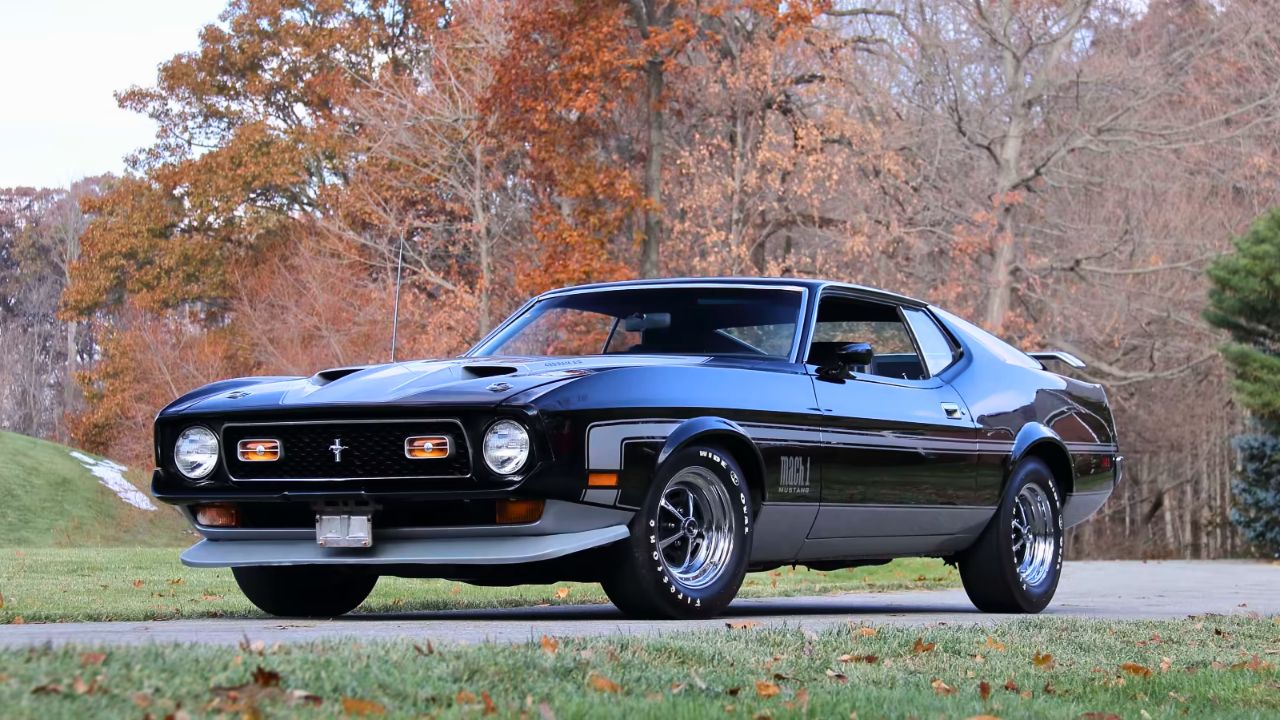
Ford’s Mach 1 with the 429 Super Cobra Jet was all muscle—375 horsepower and 450 lb-ft of torque. It had the Drag Pack option, which added a Detroit Locker rear axle and external oil cooler. Up front, independent coil springs and a rear leaf setup kept it stable even when it wanted to break loose.
The inside had a race-inspired feel—three-spoke steering wheel, optional high-back sport seats, and plenty of textured trim. It wasn’t just a fast Mustang—it was a purpose-built street machine built to hang with the big blocks.
1968 Oldsmobile 442
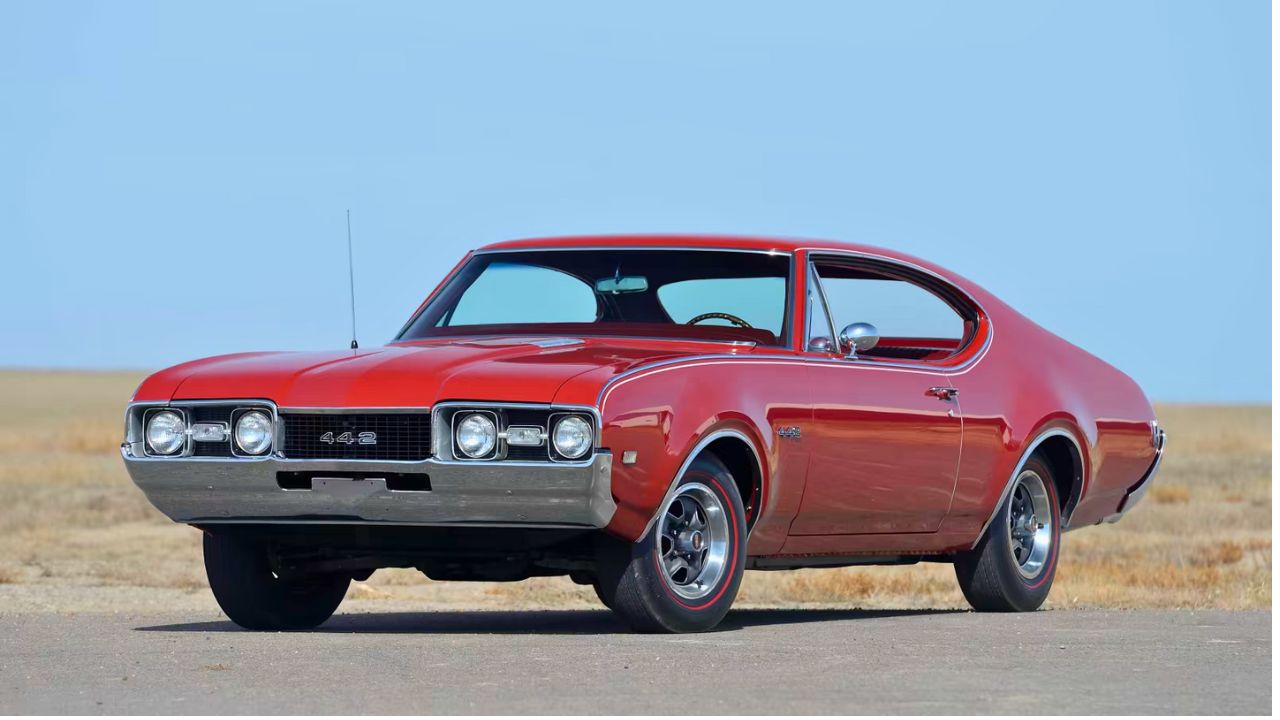
The ’68 442 offered performance without sacrificing comfort. Its 400 cubic inch V8 laid down 350 horsepower and came with a firm-handling FE2 suspension package, featuring stiffer springs and anti-roll bars. You could pair it with a Turbo Hydra-Matic or a close-ratio four-speed.
Inside, it leaned more toward the luxury end—wood-grain dash inserts, full instrumentation, and deep-padded seats. It struck a balance between weekend warrior and daily driver, which made it a favorite among those who didn’t want to compromise.
1970 AMC Rebel Machine
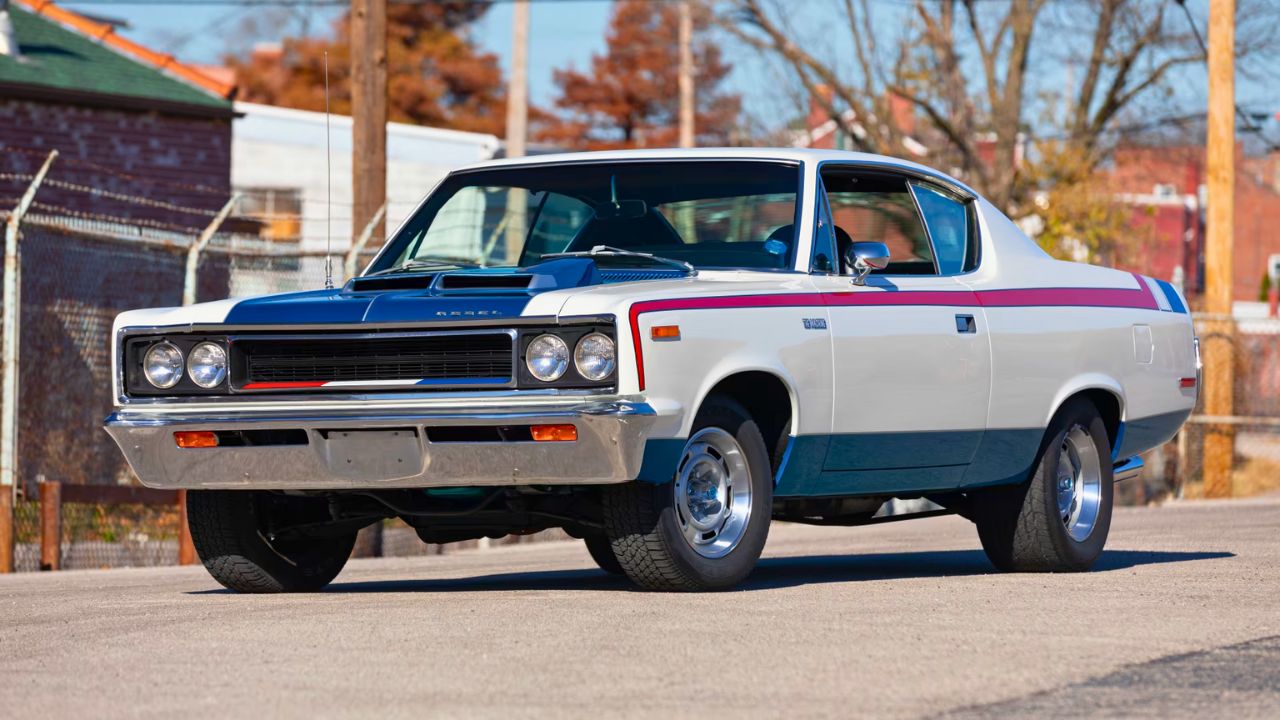
AMC’s Rebel Machine didn’t play around—rated at 340 horsepower from a 390 V8, it also packed 430 lb-ft of torque. With a 3.54 limited-slip rear, it hooked up better than people expected. The suspension was tuned for performance with stiffer springs and upgraded shocks.
The interior was basic but effective—reclining bucket seats, a floor shifter, and a tachometer were all part of the deal. The red-white-blue paint job wasn’t subtle, but the car’s performance backed it up without needing to shout.
1967 Chevrolet Camaro Z/28
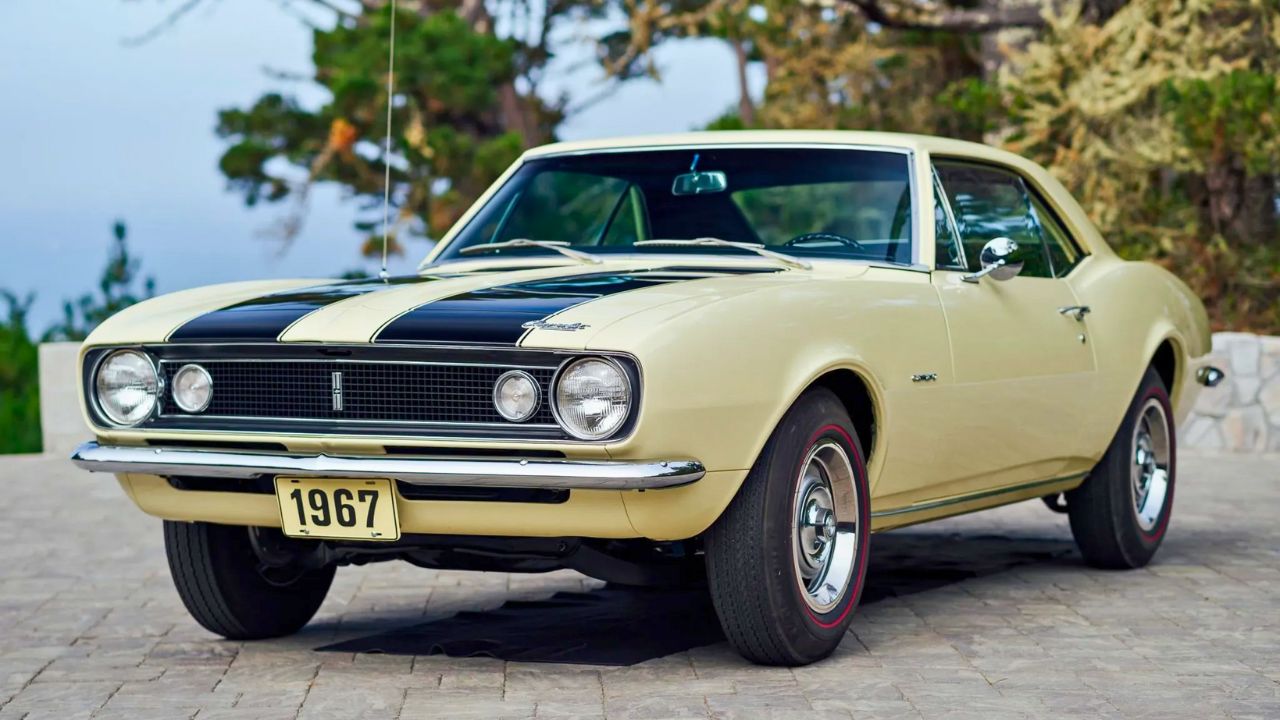
The first-gen Camaro Z/28 was all about balance. It had a high-revving 302 V8, underrated at 290 horsepower, paired with a close-ratio 4-speed. It was designed for SCCA Trans-Am racing, which meant tighter suspension, front disc brakes, and a short wheelbase that made it a corner carver.
The cockpit was spartan but focused—deep-bucket seats, a wood-rimmed wheel, and optional console-mounted gauges. The Z/28 was less about raw straight-line power and more about how it handled itself on the street and beyond.
1970 Mercury Cyclone Spoiler
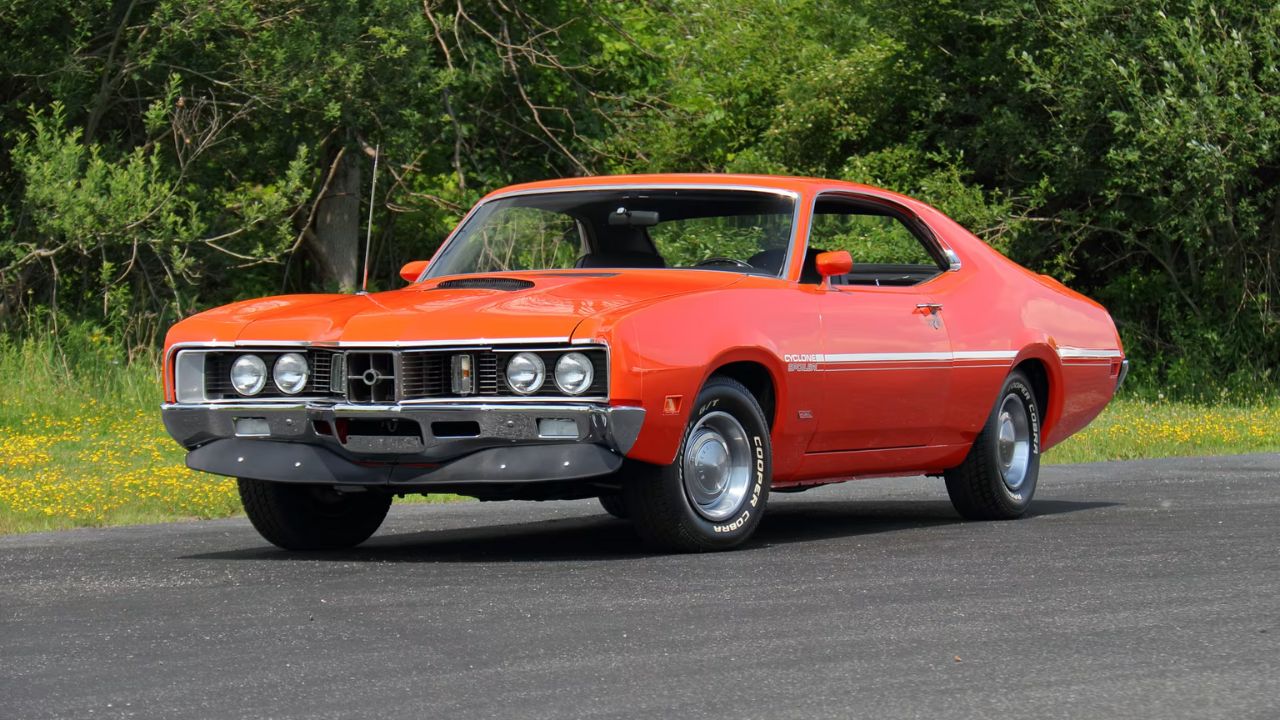
The Cyclone Spoiler came packing a 429 Cobra Jet V8 that made a rated 370 horsepower, and it could be optioned with the Drag Pack for more serious performance. Ford gave it a competition suspension, beefy sway bars, and staggered rear shocks to keep wheel hop in check.
Its fastback profile gave it an edge in looks, and inside, it had a clean dash layout with full instrumentation and high-back bucket seats. It was a sleeper in a lot of ways, but one that could hold its own when the light turned green.
Like what you read? Here’s more by us:
*Created with AI assistance and editor review.

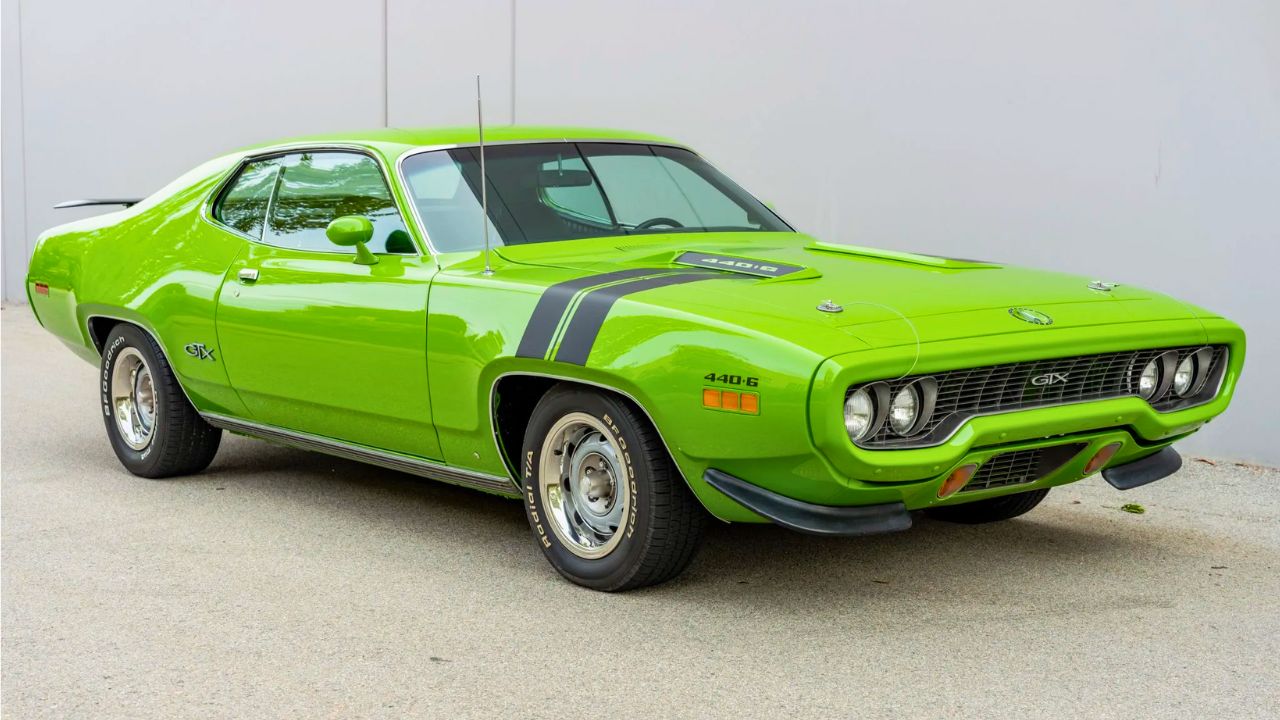
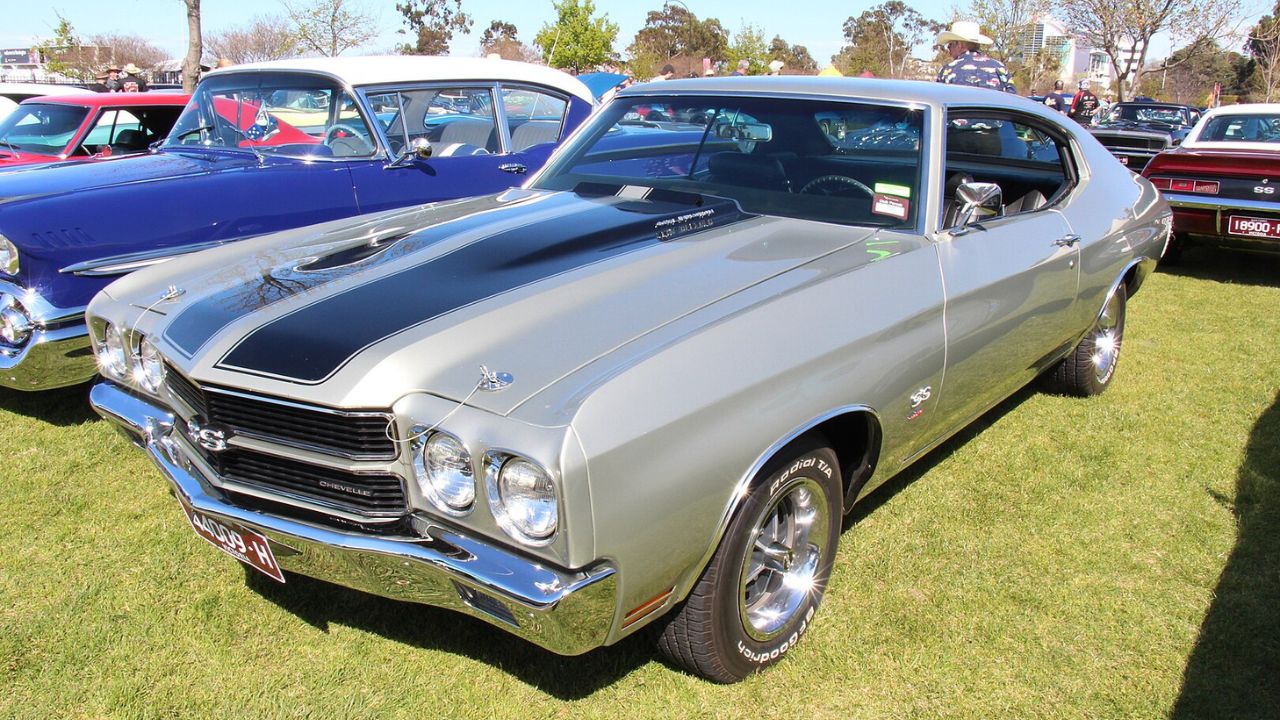
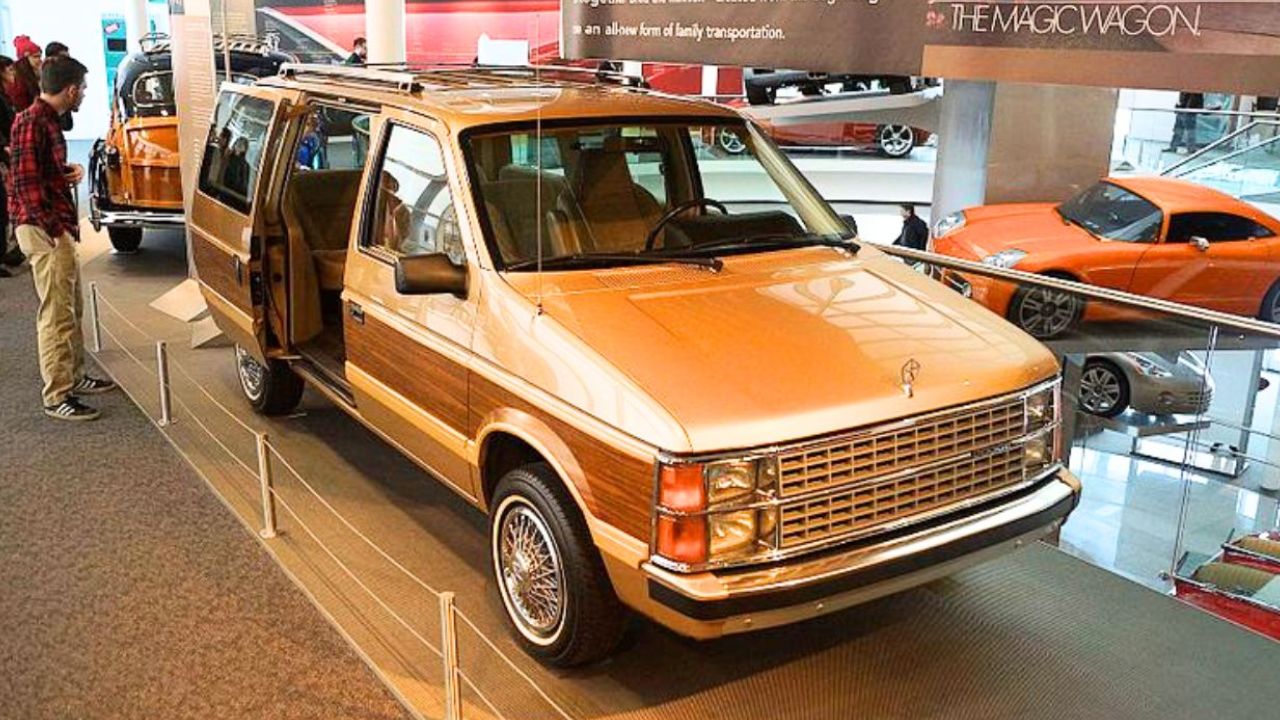
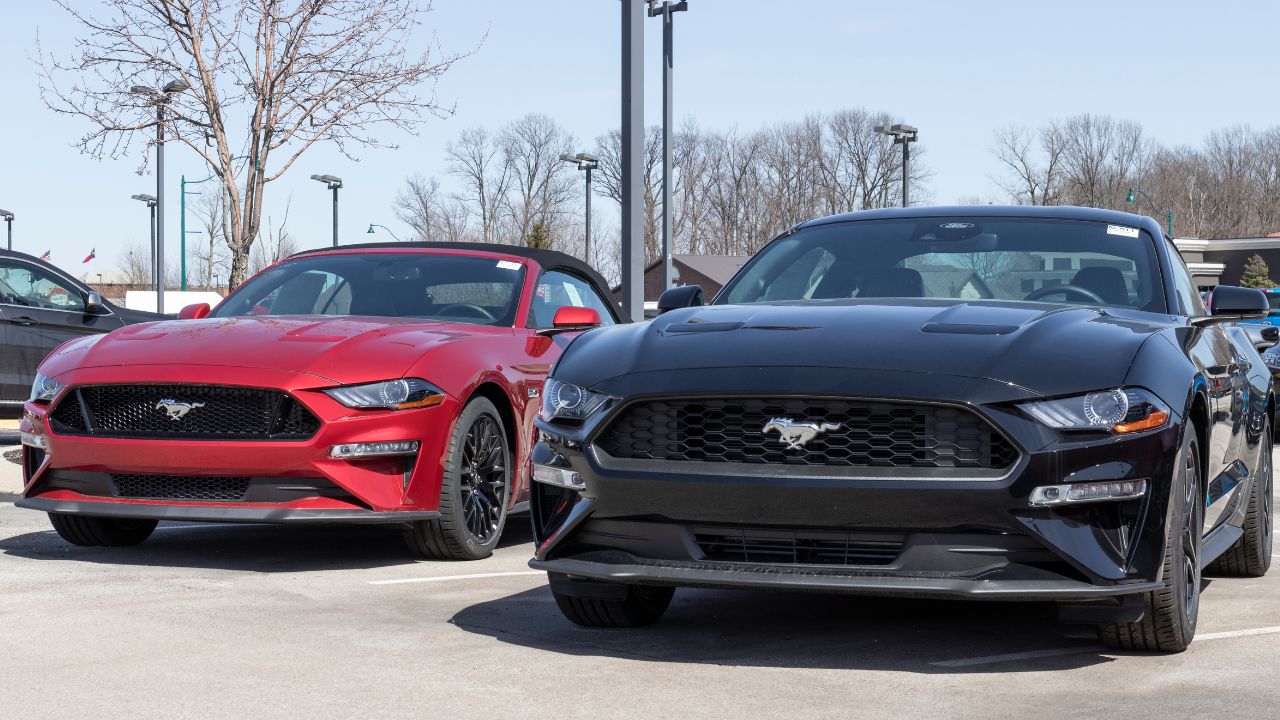

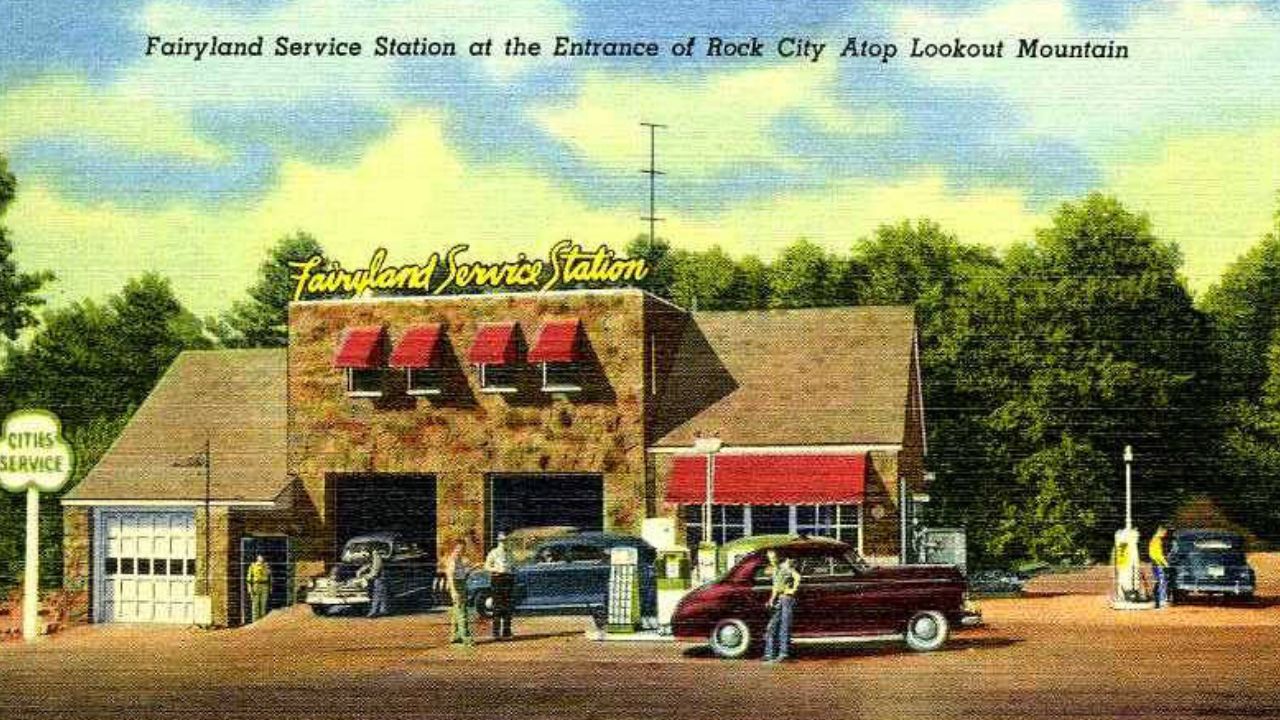
Leave a Reply